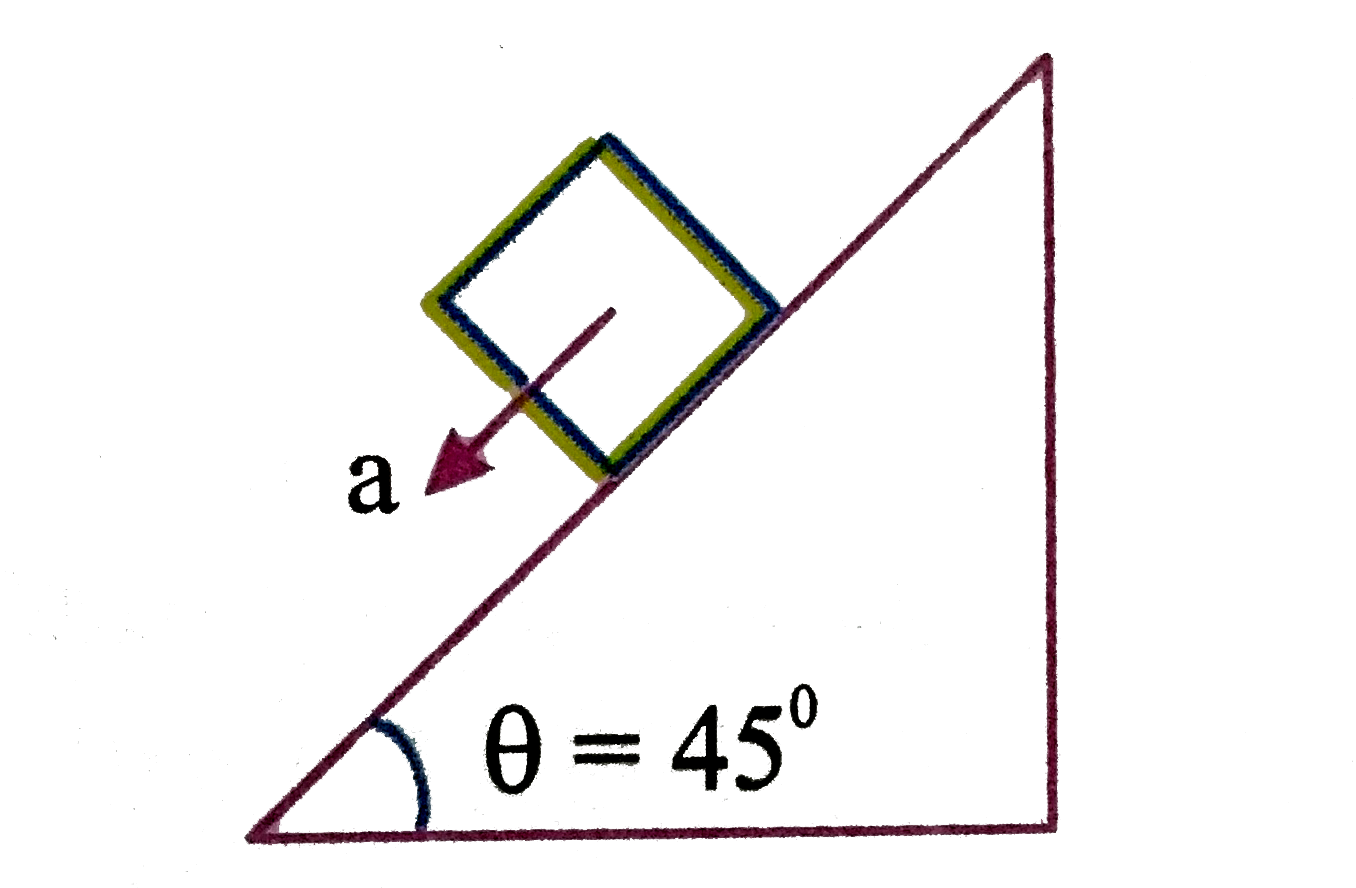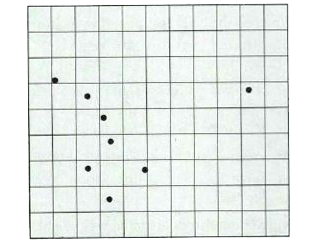Lightning and thunder take place in the sky at the same time and at the same distance from us. Lightning is seen earlier and thunder is heard latter. Can you explain why?
To explain why we see lightning before we hear thunder, even though they occur simultaneously and at the same distance from us, we can break down the explanation into several steps:
1. Understanding the Phenomena:
- Lightning is a flash of light caused by electrical discharge in the atmosphere.
- Thunder is the sound produced by the rapid expansion of air surrounding the lightning bolt.
2. Speed of Light vs. Speed of Sound:
- The speed of light in air is approximately 3×108 meters per second (m/s).
- The speed of sound in air is much slower, around 330 meters per second (m/s).
3. Comparison of Speeds:
- Since the speed of light is significantly faster than the speed of sound, light from the lightning reaches our eyes almost instantaneously.
- In contrast, the sound of thunder takes longer to travel the same distance to our ears.
4. Conclusion:
- Because of the vast difference in speeds, we see the flash of lightning first and then hear the sound of thunder after a delay. This is why, during a thunderstorm, we often see the lightning before we hear the thunder.
Summary:
Lightning and thunder occur at the same time and distance, but we see lightning first because light travels much faster than sound.
---
- Lightning is a flash of light caused by electrical discharge in the atmosphere.
- Thunder is the sound produced by the rapid expansion of air surrounding the lightning bolt.
- The speed of light in air is approximately 3×108 meters per second (m/s).
- The speed of sound in air is much slower, around 330 meters per second (m/s).
- Since the speed of light is significantly faster than the speed of sound, light from the lightning reaches our eyes almost instantaneously.
- In contrast, the sound of thunder takes longer to travel the same distance to our ears.
- Because of the vast difference in speeds, we see the flash of lightning first and then hear the sound of thunder after a delay. This is why, during a thunderstorm, we often see the lightning before we hear the thunder.
Lightning and thunder occur at the same time and distance, but we see lightning first because light travels much faster than sound.
Topper's Solved these Questions
- BOOK - MTG IIT JEE FOUNDATIONCHAPTER - SOUND EXERCISE - EXERCISE (MULTIPLE CHOICE QUESTIONS) (LEVEL - 1)30videos
SOUND
- BOOK - MTG IIT JEE FOUNDATIONCHAPTER - SOUND EXERCISE - EXERCISE (MULTIPLE CHOICE QUESTIONS) (LEVEL - 2)20videos
SOUND
- BOOK - MTG IIT JEE FOUNDATIONCHAPTER - SOUND EXERCISE - NCERT SECTION (fill in the blanks)5videos
SOUND
- BOOK - MTG IIT JEE FOUNDATIONCHAPTER - SOME NATURAL PHENOMENAEXERCISE - Olympaid/HOTS Corner10videos
SOME NATURAL PHENOMENA
- BOOK - MTG IIT JEE FOUNDATIONCHAPTER - STARS AND THE SOLAR SYSTEM EXERCISE - Olympiad/HOTS Corner15videos
STARS AND THE SOLAR SYSTEM
Similar Questions
Answer the following question giving explanations wherever necessary.
Lightning 'and thunder take place in sky and at tlie same distance from us. Explain why-lightning is seen earlier and thunder is heard later.View SolutionLightning and thunder take place in the sky at the same time and at the same distance from us. Lightning is seen earlier and thunder is heard latter. Can you explain why?
View Solution
Knowledge Check
- Question 1 - Select One
When body slides down from rest along smooth inclined plane making angle of 45∘ with the horizontal, it takes time T When the same body slides down from rest along a rough inclined plane making the same angle and through the same distance it is seen to take time pT, where p is some number greater that 1. Calculate late the coefficient of friction beween the body and the rough plane.
 .A(1−1P2)B(1+1P2)C1P2D−1P2
.A(1−1P2)B(1+1P2)C1P2D−1P2
Answer the following question giving explanations wherever necessary.
Lightning 'and thunder take place in sky and at tlie same distance from us. Explain why-lightning is seen earlier and thunder is heard later.View SolutionWhy the thunder is heard after the flash of lightning ?
View SolutionWhy are lightning and thunder experienced at different time although they are produced simultaneously?
View SolutionExplain why, the flash of lightning reached us first and the sound of thunder is heard a little later.
View SolutionWhen a tiny circular obstacle is placed in the path of light from a distance source, a bright spot is seen at the centre of the shadow of the obstacle. Explain. Why?
View SolutionTo locate Pole star, you have to look at the two stars at the end of Ursa Major as shown. Imagine a straight line passing through these two stars. Extend this imaginary line towards the north direction. On this line you can locate a star which is not too bright and around which there are no stars. It is the Pole Star. The pole star always appears to remain at the same position in the sky.

Read the passage and try to answer the question
The stars that we see in the sky are not fixed at one point. Explain why?View SolutionWhen body slides down from rest along smooth inclined plane making angle of 45∘ with the horizontal, it takes time T When the same body slides down from rest along a rough inclined plane making the same angle and through the same distance it is seen to take time pT, where p is some number greater that 1. Calculate late the coefficient of friction beween the body and the rough plane.
 .View Solution
.View Solution

